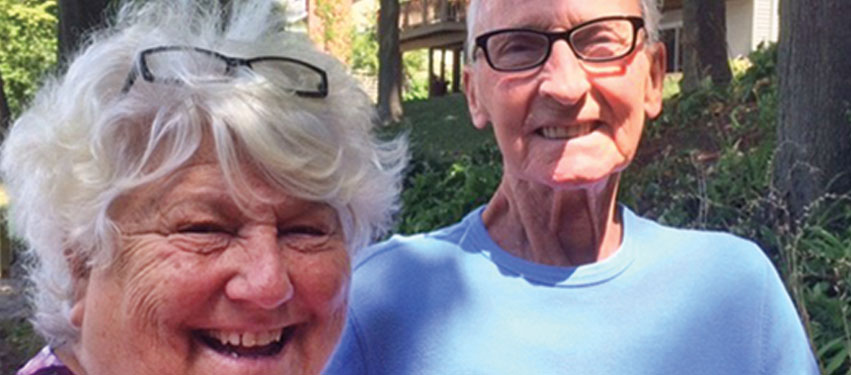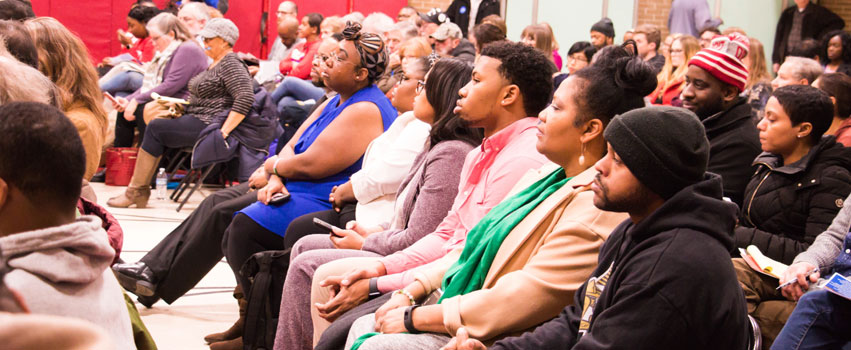A Life-Changing Procedure

Back in early May, Harry Alexander couldn’t push the lawnmower across his yard even once. He couldn’t take a walk around the neighborhood with his two-year-old grandson. Because of chronic obstructive pulmonary disease (COPD), even eating wore him out. He often had to take a break after chewing a single forkful of food, just to catch his breath. Today?
“I’m thinking about the Senior Olympics,” Harry says with a big smile. “My breathing used to give out before my legs. Now my legs give out before my breathing.”
Fixing A Damaged Lung
The difference in Harry’s life is the result of bronchoscopic lung volume reduction (BLVR), a relatively new procedure he underwent on May 24 at OSF HealthCare Saint Francis Medical Center in Peoria. Illinois is the only state in the upper Midwest with healthcare facilities that offer BLVR, and OSF Saint Francis is the only hospital in Illinois outside of Chicago offering the procedure.
It’s a life-changer for people like Harry, who is 75 years old and smoked two packs of cigarettes a day from his teen years until 1993, when he was diagnosed with esophageal cancer. Harry beat cancer, but his breathing worsened. Four years ago, he was diagnosed with COPD, for which there is no cure. His pulmonologist, Dr. Patrick Whitten, recommended BLVR.
Thirty years ago, lung volume reduction required major surgery. A thoracic surgeon would cut open the patient’s chest and remove damaged sections of lung that could no longer exchange oxygen for carbon dioxide. It required a lengthy hospital stay, carried the risk of infection, and left patients in considerable discomfort while they recovered.
For more than 20 years, Dr. Whitten and one of his partners, Dr. William Tillis, have been involved in national research to figure out how to simulate the surgery by using a tube called a bronchoscope. The tube goes through the patient’s mouth into the airways, and tiny, one-way valves are placed in the damaged lung. The valves push out gases and stop fresh oxygen from re-entering and getting trapped.
“When air gets trapped, there’s hyperinflation,” Dr. Whitten explains. “That diseased area of the lung gets so big, it starts pressing on good portions of the lung… Things get out of whack and don’t function well.”
The procedure takes about 40 minutes, and the patient must stay in the hospital for three days. Breathing improvement is significant and immediate.
Breathing Easier
As soon as Harry got home from the hospital on Memorial Day, he walked around his yard. And then he mowed it. “He was going crazy,” his wife Terry recalls. “He was a totally different person.”
Dr. Whitten notes that patients can expect a 20-percent improvement in their ability to breathe. “It doesn’t sound like much, but it’s huge.”
Harry says the improvement feels more like 50 percent. He hasn’t breathed so easily in more than 40 years. And now, when two-year-old Andrew asks his grandfather to pull him around the neighborhood in a wagon, Harry doesn’t put him off to a tomorrow that never comes. “Let’s go!” he says. PM
